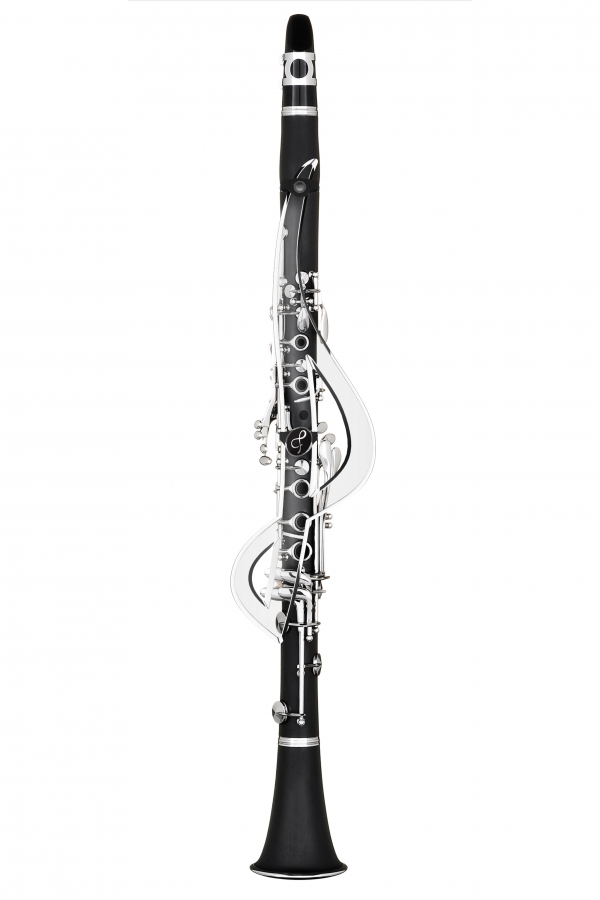




Project Overview
Classical Fingers is the only learning tool that helps create a more efficient and smoother technique whilst playing the clarinet. By preventing the fingers of the player from lifting too high from the surface of the clarinet, Classical Fingers helps establish the correct muscle memory essential for playing the clarinet.
Organisation
Cloudbreak Music & Charlwood Design
Team
I have had the pleasure in working with the following Melbourne based companies:
Charlwood Design
Chimera Design
PG Cad Cam Engineering
Project Brief
The concept of Classical Fingers was developed after 25 years of experience in performing and teaching the clarinet after encountering numerous players, particularly beginners, that naturally played the clarinet by lifting their fingers too high off the keys. As a result, this would often lead them to miss keys and not play as smoothly as they potentially could.
As a teaching technique I started using a pencil to hover over my students' fingers to prevent them from lifting too high from the keys of the clarinet adopting the theory that if their fingers had less distance to travel they were more likely to play smoother and more accurately. By doing this I realised I could train their fingers to stay in the correct position through muscle memory and in return, every student started improving at a quicker rate.
From this exciting discovery I started developing a prototype my students could use on a more regular basis away from the lesson.
Project Need
Classical Fingers is a new invention and I am excited to introduce my product for the first time to the Australian market place. Not only is it essential for beginners to use as a learning tool for better finger placement and muscle memory, but is great for all levels of players. Whether preparing for an exam or a recital, Classical Fingers eliminates any unnecessary finger movement for improved results and a better performance.
As a teacher and performer myself I am passionate about sharing my knowledge and helping others to enjoy the beauty of music and the thrill of playing well. It is so disappointing to see a student give up learning an instrument because they think it is too hard when it is most likely a simple finger placement issue.
I believe that my product will help students create the correct fundamentals and muscle memory for playing the clarinet and in return, I am confident they will reach their goals sooner and continue enjoying the music they play.
Design Challenge
The major design challenge I faced was how to attach the guard to the clarinet whilst making it practical and aesthetically pleasing. My first development was to work out if the guard should connect directly to the clarinet or to some form of a ring/clip that attached to the clarinet. From here I then had to work out, if I were to use separate rings/clips, what type and shape would work best (concentric clips, snap on clips, slide on plastic rings, stretched rubber rings etc) and how these would join to the guard (slide and click, push through and snap, locking stud or magnets etc). Once I had decided on the best design I then worked on the positioning of the rings so they could fit every clarinet in the same place. After researching the structure of many clarinets and establishing the optimum placement of where the rings should attach, I was finally able to produce my first functional prototype to begin my trials.
Sustainability
I am proud to be releasing my product as Australian made. From the design company, graphic artists to the tooling and injection moulding engineers and product assembly team that have been involved in this process I am happy to have supported these local suppliers who have been so crucial in keeping this product alive. In particular, it has been a very rewarding process sourcing my suppliers in Melbourne where I live as I have been able to build solid business relationships with everyone I have worked with and whom I hope to continue working with in the future.
Product Design - Consumer
This award celebrates creative and innovative design for either a component or overall product. Consideration given to aspects that relate to human usage, aesthetics, selection of components and materials, and the resolution of assembly, manufacturing and the overall function.
More Details

